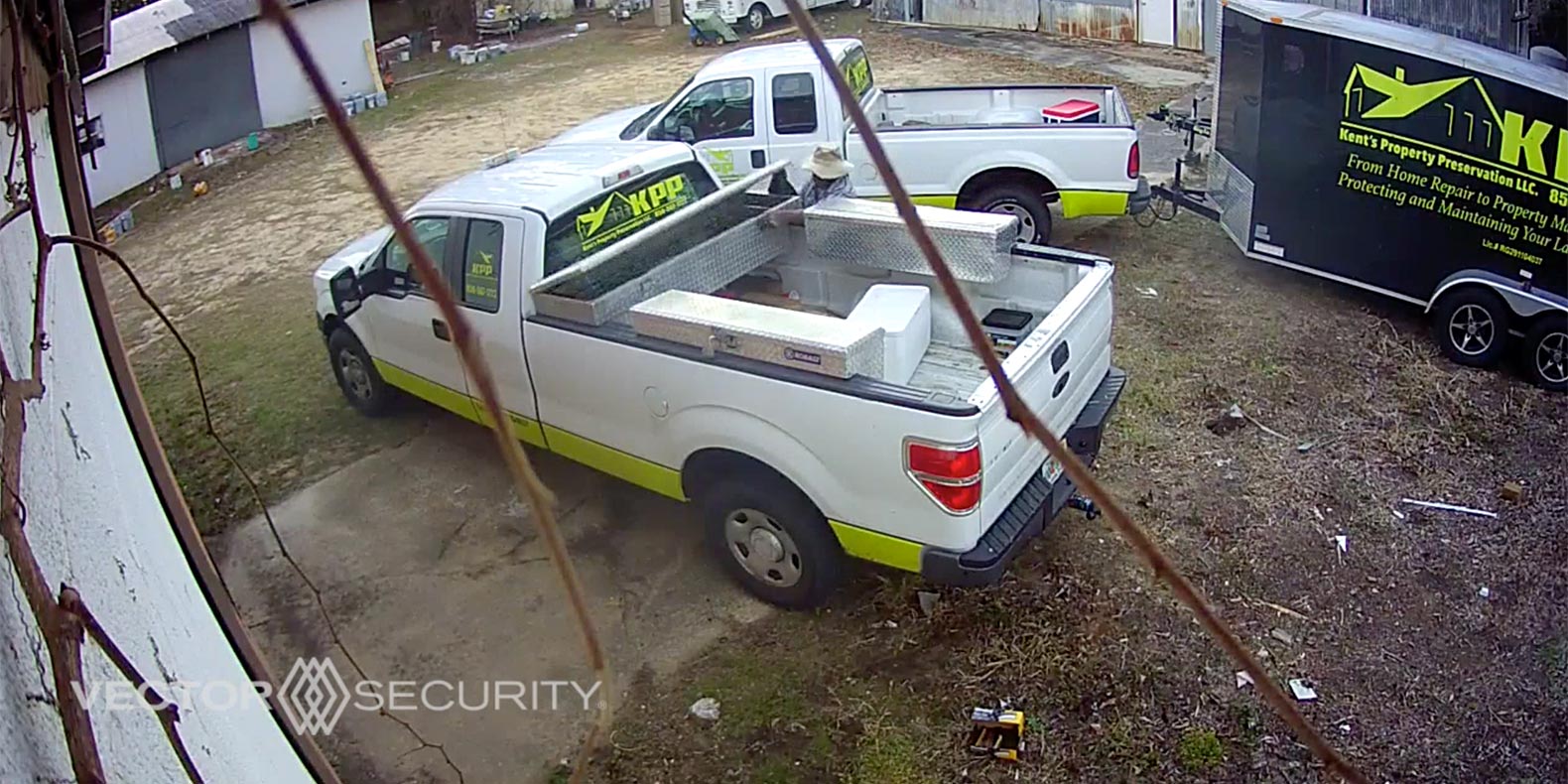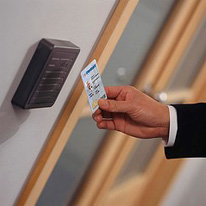This post was originally published on December 4, 2014 and has been updated for accuracy and comprehensiveness.
Employee theft can be difficult to navigate. The betrayal of your trust is hurtful, but the resulting financial repercussions may sting worse.
According to Statistic Brain Research Institute, employee theft results in $50 billion in losses annually.
To shield your business from financial loss, take loss prevention seriously. Below, we overview three key tips to consider.
1. Hire Quality Employees
Though there is no surefire screening process to weed out those who may steal, you can develop a more rigorous hiring protocol to identify top-notch talent. If your company is not performing these activities already, consider the following:
- Conduct multiple in-person interviews.
- Require letters of reference.
- Follow up on letters of reference.
- Conduct background checks.
- Run a credit check.
- Ask interviewees to take a drug test.
2. Create Policies That Deter Theft
Businesses can establish policies that deter employees from committing theft. A simple tweak to protocol could close the window of opportunity to steal.
- Enact rotating jobs. Change employee roles periodically. Especially useful in retail, rotating responsibilities help control and mitigate errors and theft, and reduce the risk of collusion between co-workers.
- Separate duties. For example, one employee should not be in charge of both writing company checks and keeping the books.
- Encourage anonymous reporting. Employees should have the option to anonymously report violations of company policy, uncomfortable behavior at the workplace and other human resource issues without the need to speak with someone directly.
3. Leverage Security Technology
When implemented correctly, security technology can discourage theft and help prosecute guilty parties. Protect your business with the following:
- Access Control. By assigning employees with unique codes or access keys, you’ll know when employees arrive to work and what areas of the business they access at what time of day. For example, if something is missing from the stock room, you can look at logs to see which employees were in the stock room that day.
- Video Surveillance. Keep an eye on your business and your employees’ behaviors. Psychologically speaking, people change their behavior when they know they are being watched. Video surveillance makes employee theft less likely and catches any crime on tape.
- Remote Monitoring. Gain access to your video surveillance system anywhere, anytime. Whether you’ve stepped out for a meeting or are traveling across the world, you’ll be in the know.
Employee theft can be detrimental to a business’ bottom line. Create strong loss prevention techniques to prevent incidents.



